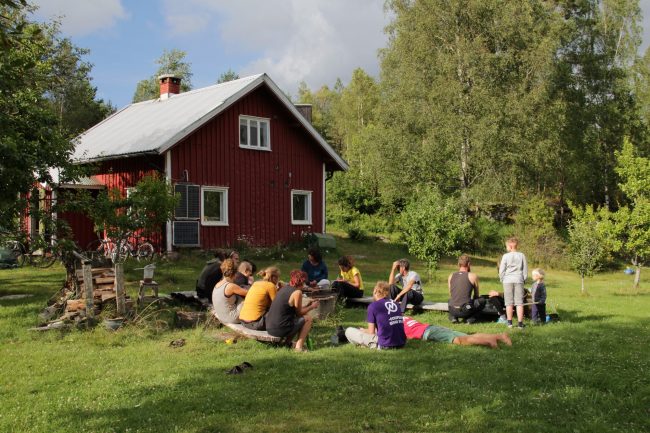0.1 make sure that the starting time of the circle is clear, inform everyone thit it starts
0.2 find a place for the circle where everybody can sit down comfortably and see+hear each other
0.3 make sure everyone who wants to be is there
0.4 make sure everyone understands the language, organise translation if not
1. Introduction
1.1 name+pronoun-round if needed
1.2 explain hand-signs if needed
1.3 emotional/feedback round
1.4 repeat descions from last circle
1.5 collect agenda points
1.6 set time
2. Discussion (following agenda)
use the consensus-prism if you want, each point could be structured more or less like this:
2.1 information-phase (information is shared)
2.2 discussion-phase (opinions about these informations are shared)
2.3 descision-phase (proposals are made and agreed on, if no soloution can be found, back to discussion-phase)
energisers if needed
3. Close the circle
3.1 Summarise the descisions of the circle
3.2 organise next circle, when, facilitators
3.3 feedback round if needed
Sometimes it can be difficult to get all the participants together for a circle, so it requires some planning ahead to choose a time when people are well rested and not distracted by their surroundings. Naturally people get tired after talking about serious issues for a long time. It is very useful to have set time-limits to not get stuck at some topics which are too hard to resolve at the moment. An attentive and patient facilitator can greatly improve the flow of discussion and make it more efficient.
In the end it is always very satisfying, having made the decisions all together even though it might have taken some time. If circles happen more regularly, they might also become shorter. People learn to talk more efficiently and not so many topics get piled up.

These are the tasks of the facilitator. We figured out that it is better to have 2. All the tasks can for sure also be deligated.
— make the circle happen
— find a suitable place for the circle
— use the meeting-notes-book for minutes and parking-lot
— make an agenda
— structure the discussion
— Follow/enforce hand-signs
— make sure that everyone is involved (language, attendance, who speaks)
— keep time
— listen to the discussion actively, be neutral
— ensure regular summeries
facilitation tools
-consensus prism
— parking lot
— energisers
— hand signlas
— alternative of discussion
ALTERNATIVE WAYS OF DISCUSSION
small goups, talk with person next to you, go-round, talking-stick, world-cafe, delegate to working groups, (flower system for bigger groups)





